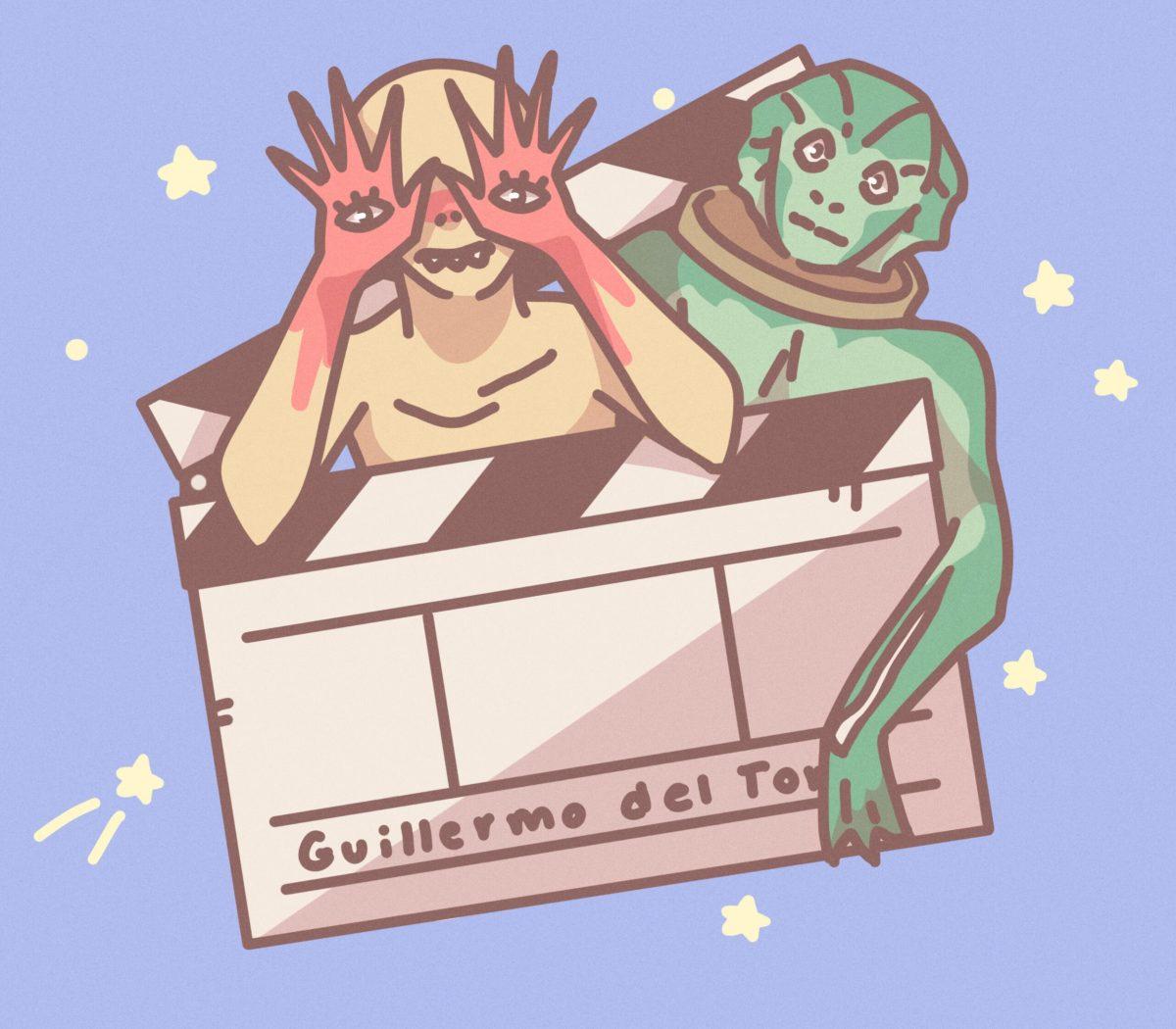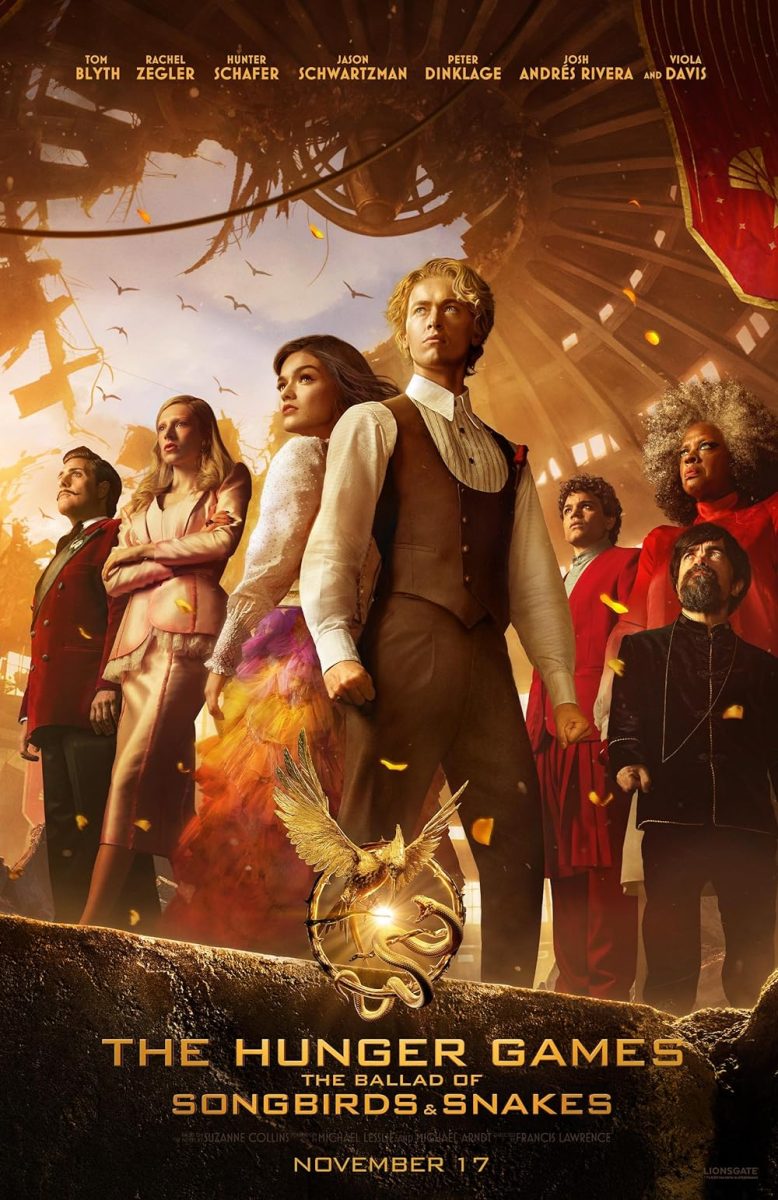India Slodki/The Broadside
In 2018, Guillermo del Toro won the Oscar for his film “The Shape of Water.” At the time, all I knew about the film was that a woman had sex with a fish-man. Weird movie to win an Academy Award, right? Three years later I finally watched the film. Set in a Cold War-era lab, the film explored ideas regarding humanity and compassion through the relationship between a mute cleaning lady and an intelligent humanoid aquatic creature.
Similar to Toro’s other notable work, “Pan’s Labyrinth,” the film champions those who are deemed insignificant by the antagonist. In “Shape of Water,” our hero lies in Eliza Esposito, the aforementioned mute cleaning lady. In “Pan’s Labyrinth,” our protagonist is a little girl named Ofelia. Ofelia’s stepfather is a high-ranking officer working to maintain a segregated 1940’s Spain.
Toro’s tendency to lean toward the underestimated protagonist and championing those pure of heart feels like a love letter to humanity. The plights of our leading ladies inspire compassion in the audience. Toro gives the audience someone and something to believe in. As humanity seems to be unraveling, Toro has a talent for instilling empathy for a fellow member of the human race through his work.
Along with young or assumed inconsequential protagonists, it’s common for Guillermo to incorporate creatures and beasts, taking inspiration from folklore to design such beings. In “The Shape of Water,” the subject of conflict is a humanoid aquatic creature, sharing similarities like webbed fingers and a scaly hide with the Creature from the Black Lagoon. “Pan’s Labyrinth” draws heavily on folklore and mythology, casting a Fawn, drawn from Greek Myth, as the call to adventure in Ofelia’s hero’s journey.
In both instances, the creatures serve to expand the world beyond the human realm, contextualizing very human emotional struggles. In “Pan’s Labyrinth,” we see Ofelia’s struggle with what is right and what is asked. “The Shape of Water” aims to explore the very nature of humanity itself.
Toro’s talent lies in making big, swallowing questions understandable, breaking them apart. Toro’s objective never seems to be to reach an answer. Rather, it seems that Toro is more interested in making the audience consider their own lives, to inspire introspection.




















